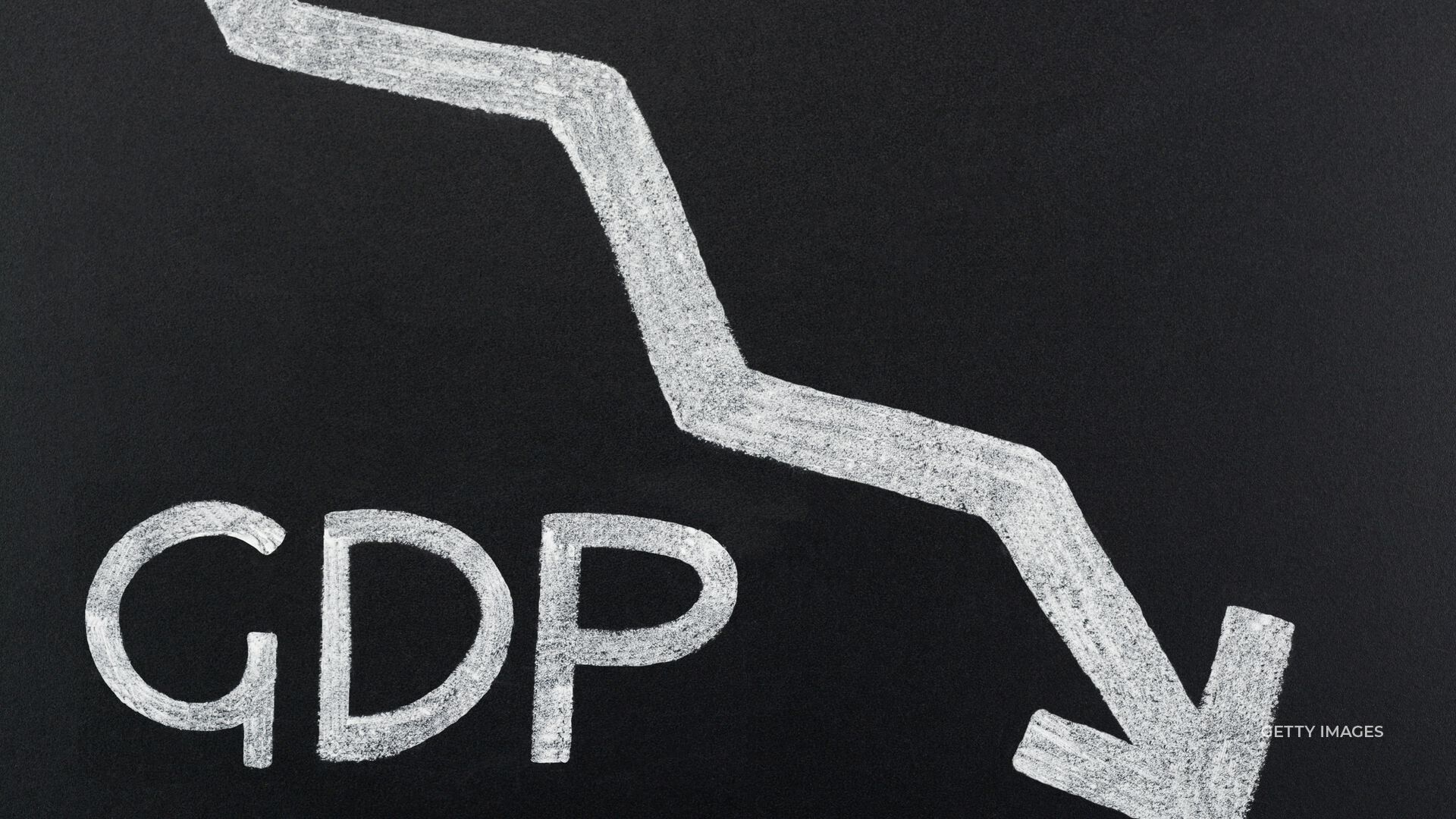
Simone Del Rosario: THE U-S ECONOMY SHRUNK FOR THE FIRST TIME SINCE THE ONSET OF THE PANDEMIC, A DISAPPOINTING AND SHOCKING START TO 2022 CONSIDERING LAST YEAR’S EXCEPTIONAL GROWTH NUMBERS.
IN THE FIRST THREE MONTHS OF THIS YEAR, THE ECONOMY CONTRACTED 1.4%, BRINGING MORE RUMBLINGS OF A RECESSION, WHICH IS WHEN THE ECONOMY SHRINKS TWO QUARTERS IN A ROW.
CREIGHTON UNIVERSITY ECONOMIST ERNIE GOSS TELLS US THE *RISK OF A RECESSION *IS GROWING.
Ernie Goss: “It’s growing each day. Now, we’re still the probabilities of a recession, in my judgment are below 50%.”
Simone Del Rosario: HERE ARE THREE REASONS ECONOMISTS SAY THIS QUARTER’S DISAPPOINTING GROWTH NUMBERS – ARE NOT AS BAD AS THEY SEEM.
-A MASSIVE TRADE DEFICIT WAS A MAJOR FACTOR IN DECLINING GDP – WITH THE U-S IMPORTING FAR MORE THAN EXPORTING. THAT MOSTLY MEANS OUR DOMESTIC DEMAND WAS STRONGER THAN OUR TRADING PARTNERS, LIKE CHINA.
-CONSUMER SPENDING, WHICH WEIGHS HEAVY IN THE GDP EQUATION – IS STILL STRONG, AT 2.7% GROWTH.
-AND BUSINESS INVESTMENT WAS UP 9.2%, MEANING CORPORATE AMERICA IS STILL EXPANDING.
WHILE A SHRINKING ECONOMY LOOKS BAD FOR PRESIDENT BIDEN AND THE DEMOCRATS, AN INTERESTING FACTOID IS PART OF THE DECLINE WAS FROM *LESS GOVERNMENT SPENDING.
CHECK OUT MY EXPLAINER ON HOW GDP IS CALCULATED BY SEARCHING GDP ON OUR WEBSITE, STRAIGHT ARROW NEWS DOT COM.






